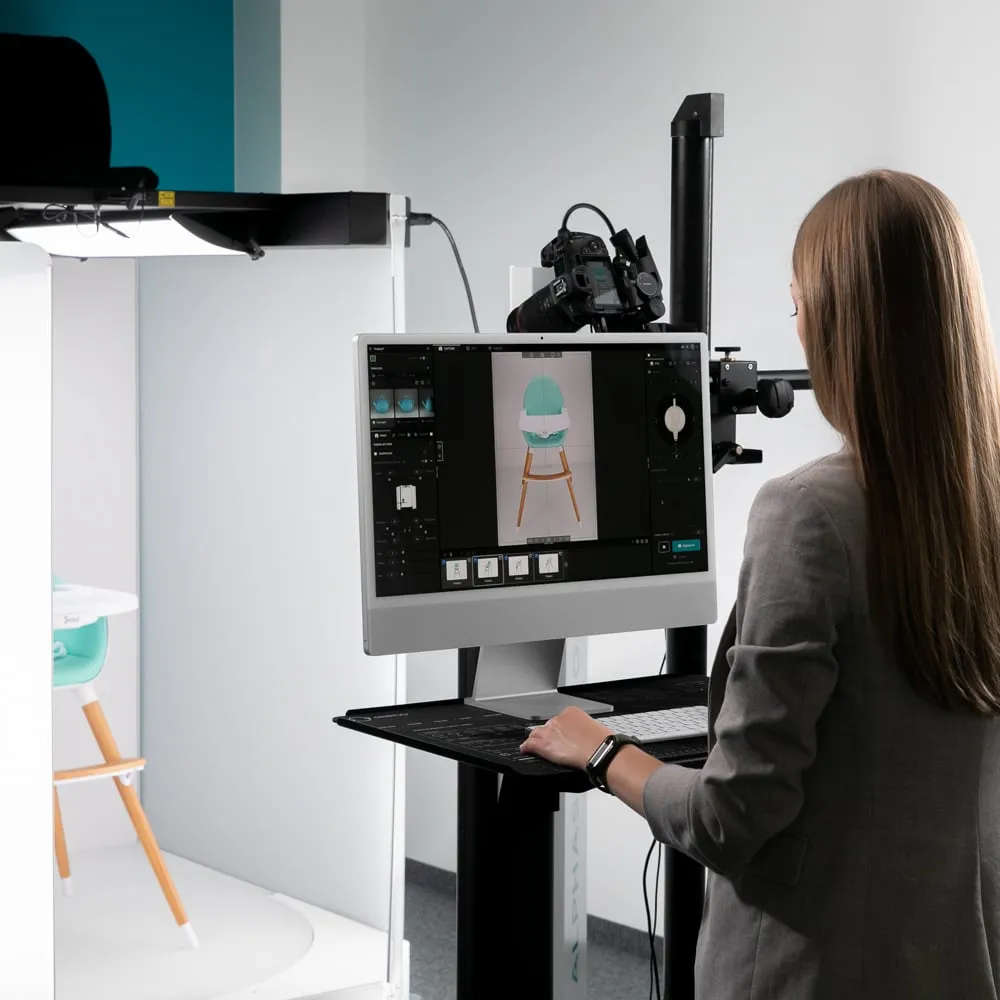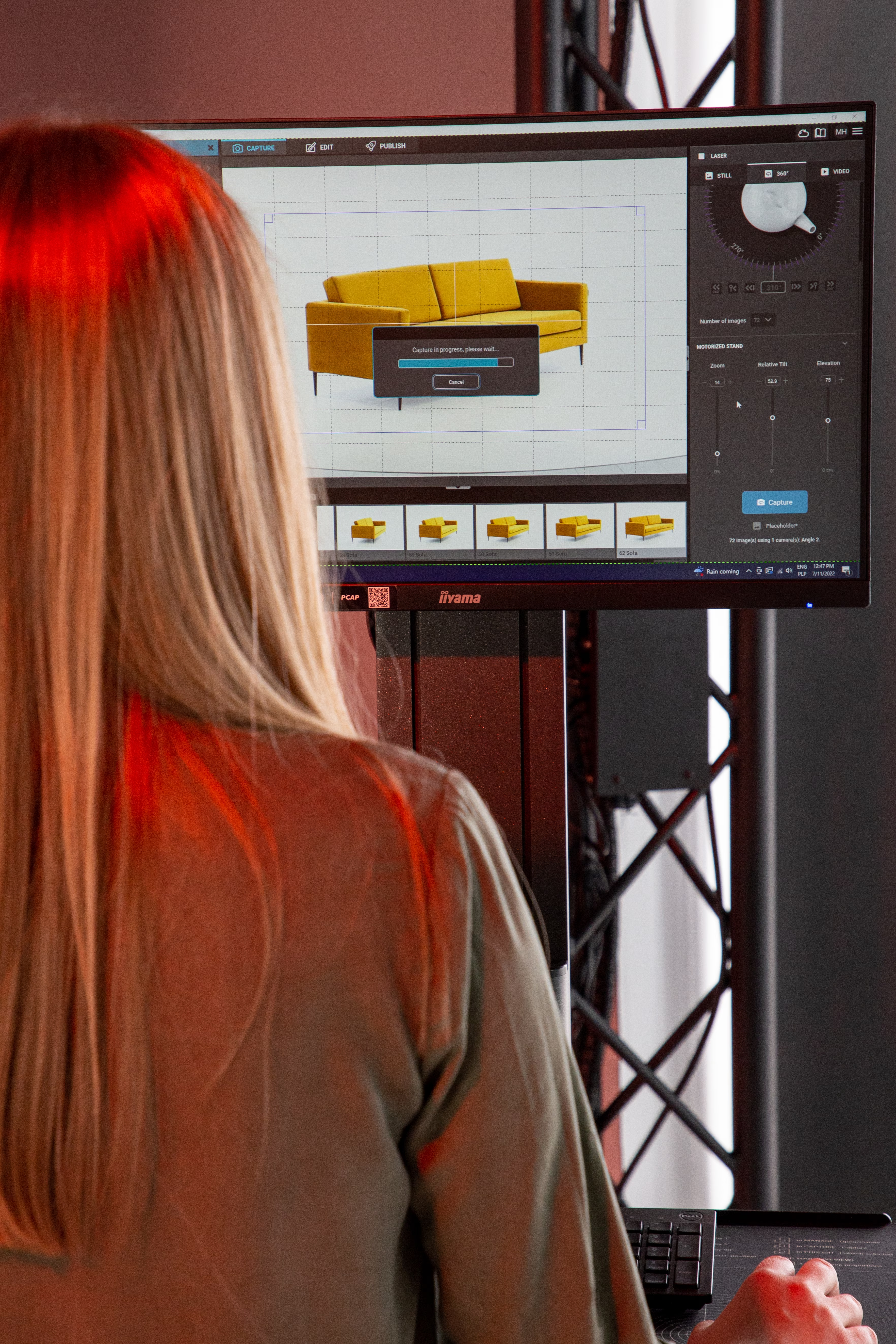

Photo tips: framing and composition
Before even thinking about framing or composing a photo, an essential question must be asked: Why are you taking this photo?In other words, What do you want to show, tell, or make people feel?
This intention will guide your technical and creative choices throughout the shooting. This is even more true in the context of Product photography, where each image should Capturing attention, To build trust... and sell.
1. Intent over technique: define your visual message
Here are a few simple questions to guide your approach:
- What is the main topic?
- What is the context to be included or to be excluded?
- Is it necessary Valuing details Or rather show a global scene ?
- How should the observer feel looking at this image?

Concrete examples:
- A luxury piece of jewelry with meticulous finishes? → Fill the frame to show the material.
- A pair of shoes in a lifestyle environment? → Leave space around to tell a story.
- A carried bag? → Think about the relationship between the subject, the wearer and the viewer's gaze.
2. Fill or aerate: find the right balance for your product
One of the first compositional choices is to decide on Relationship between subject and space that surrounds it.Some useful landmarks:
Fill the frame If:
- The subject is rare, complex, or rich in detail
- You want to create a strong relationship with the observer
- You are looking to maximizing visual impact in a small space (e.g. e-commerce stickers)
Do not fill the frame If:
- THEenvironment Or the staging Give meaning to the image
- You want Suggest a universe or an atmosphere
- The movement Or the View of the subject Ask for space to express yourself
3. The composition at the service of your product
➤ Decentralize the subjectIt's a basic rule of photography: avoid placing the subject in the center of the image. A subject that is too focused often gives a static, frozen impression.
➤ Leave space around the subjectAvoid sticking the object to the borders. Let him breathe visually, especially if he is in motion or “looking” in one direction.
➤ Do not follow the central axesExcept for voluntary aesthetic exceptions, it is better not to align important elements on the vertical or horizontal axes of the center of the frame.
4. The rule of thirds: position your products strategically
La Rule of thirds is a classical method of visual composition, inherited from painting. It consists of dividing your image into nine equal parts using two horizontal and two vertical lines.
Les intersection points of these lines are called”strengths“. They are natural locations to position the subject or key elements.

Examples:
- In landscape photography, place the horizon over the lower or upper third, never in the center.
- For a packshot of glasses, position the lenses on a Line of force, and not right in the center of the image.
- For a hand-held product, ensure that the Model look falls on one of the highlights.
5. Create movement: bring your packshots to life
Even in a fixed packshot, it is important to leave space in front of the gaze or movement of the subject. This creates a visual dynamics.
Let the movement be real (e.g. one step, one rotation) or suggested (a look, an orientation), he must have space to express himself in the image.
6. From the pro studio to the internal solution: accessible quality
All of these rules also apply to Packshot photography, even automated. Whether you are using a e-commerce photo studio Like the Alphashot Pro G2 or a conventional shooting solution, composition remains a matter of choice.
For example, find out how an online store can photograph its shoes with a internal photo studio to guarantee a result homogenous, consistent and hard-hitting.
Conclusion: Rules... or guidelines?
What we have just seen are not fixed laws, but landmarks to help you structure your shots. Photography is also a matter ofinstinct. If another composition seems more aesthetics, plus true to your visual message, make that choice.
What matters is to stay consistent with your intention, with the perception that you want to create, and with The end use of the image.
Before thinking about framing or composing your photos, ask yourself why you want to take this photo, what you want to show, tell, or make people feel with it.



